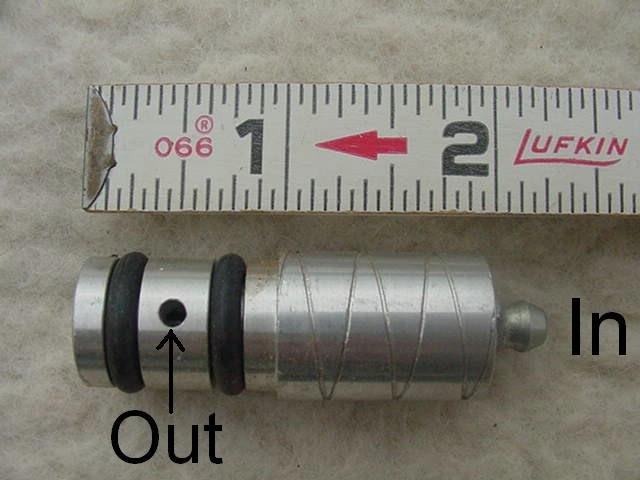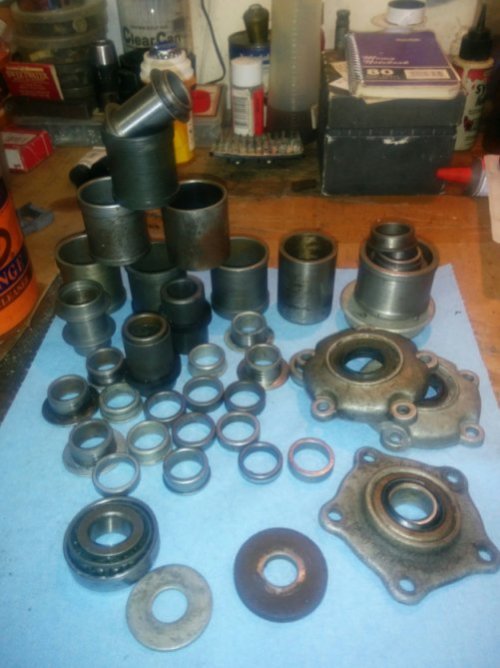http://www.cycleworks.net/index.php?main_page=product_info&cPath=29_33_53&products_id=48
Hey All
1978 R-80/7 is the patient here.
The wheels turn fine, no play ;just want to put a little fresh grease in there.
I found this bearing greaser online, does anyone have experience with it?
I just want to put some new grease in my bearings without taking them all apart.
Thumbs up or thumbs down on this product
Thanks in advance
Nick
Hey All
1978 R-80/7 is the patient here.
The wheels turn fine, no play ;just want to put a little fresh grease in there.
I found this bearing greaser online, does anyone have experience with it?
I just want to put some new grease in my bearings without taking them all apart.
Thumbs up or thumbs down on this product
Thanks in advance
Nick





